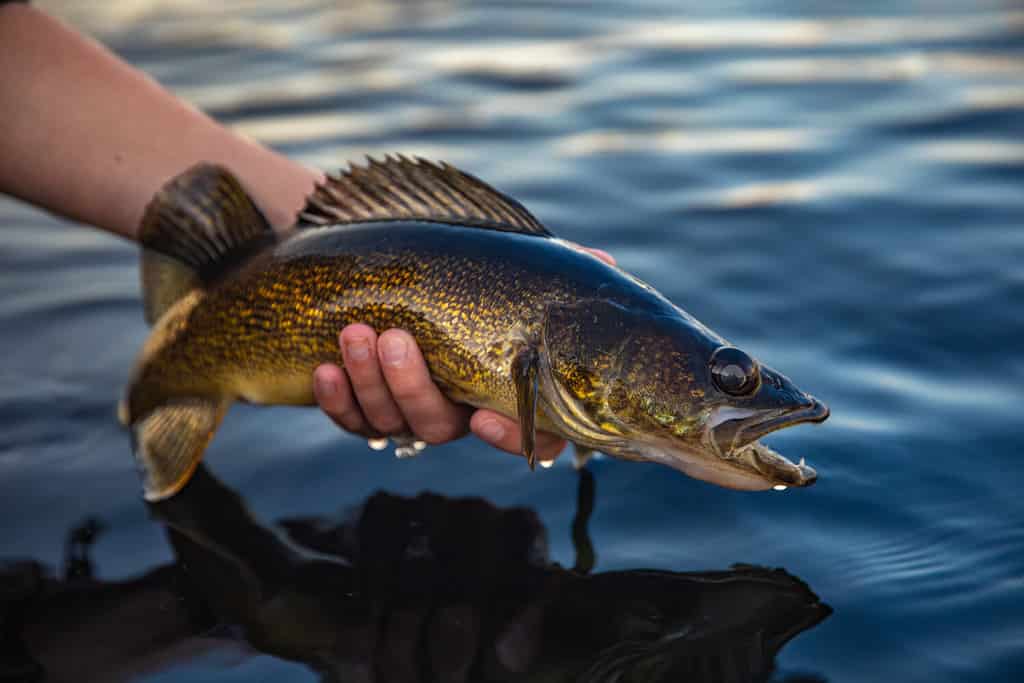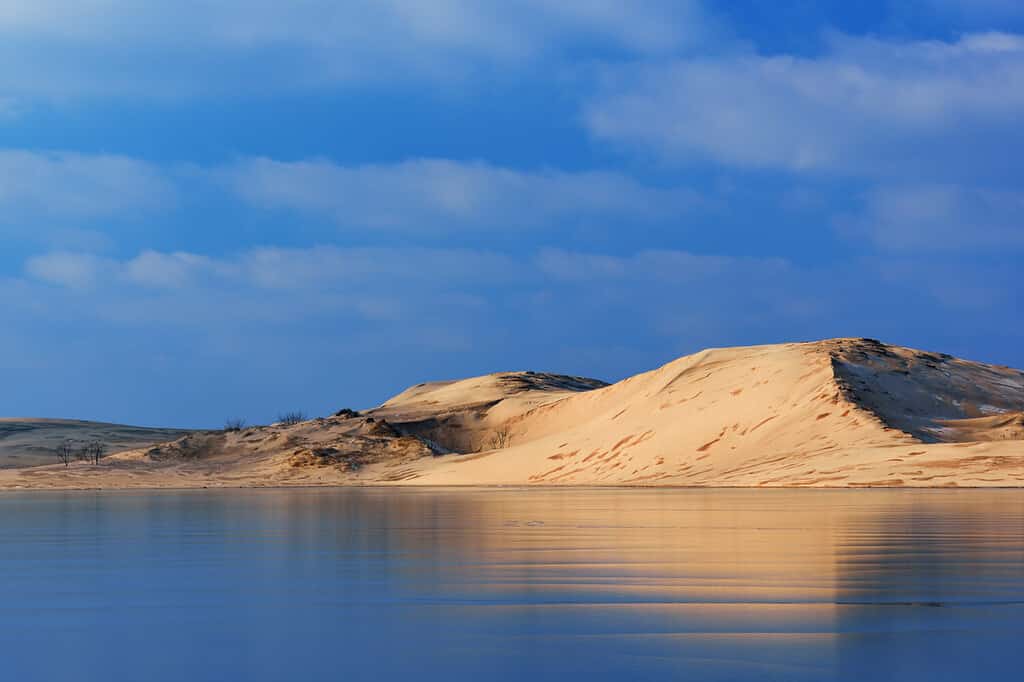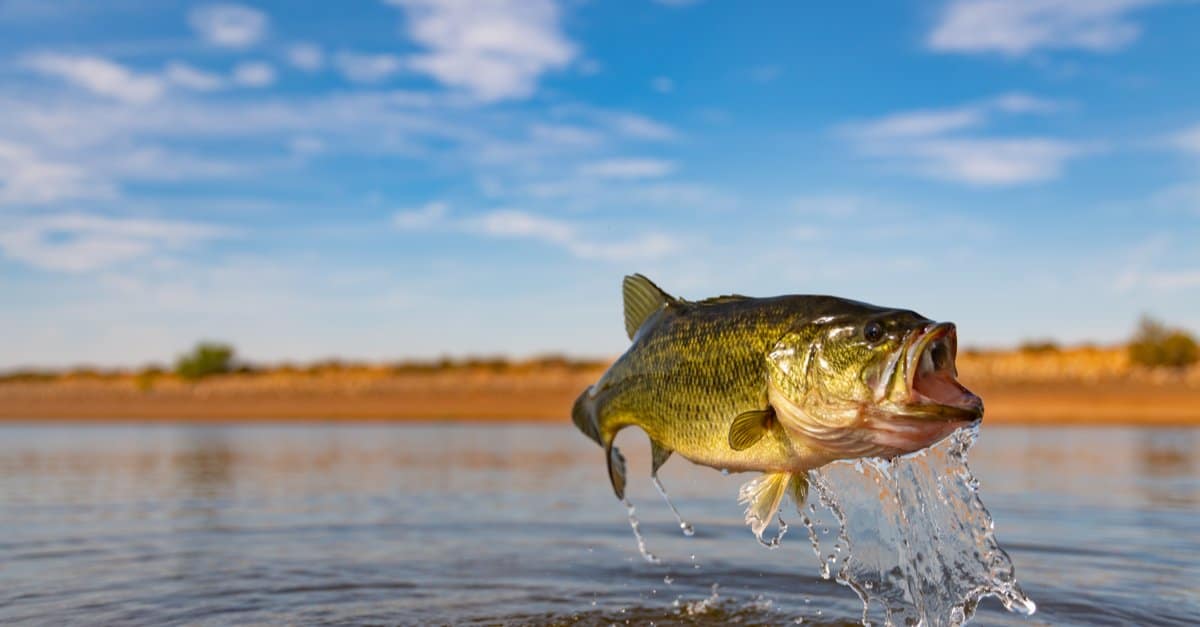Located in the heart of the Great Lakes area, this gorgeous town and the lake in its immediate vicinity provide a picture-perfect combination of natural beauty and small-town charm. White Lake is a hidden gem that should not be missed due to its beautiful waters, verdant surroundings, and welcoming locals.
White Lake’s shimmering waters beckon visitors with promises of endless adventures. Boating, fishing, and swimming are just a few of the thrilling activities awaiting you. Whether you’re an outdoor enthusiast seeking an adrenaline rush or simply want to unwind by the shore, this spot has it all. Let’s dive into everything you need to know about White Lake!
What is White Lake?
White Lake is a beautiful freshwater lake that is located in the state of Michigan in the United States. It is specifically located in Oakland County. White Lake is around 40 miles from Detroit. The lake’s convenient proximity to major urban centers makes it a favorite spot for weekend trips and summer holidays.
White Lake is 540 acres in size, making it a great spot for water sports including boating, fishing, and swimming. Along its about five-mile length, the lake’s shoreline is dotted with parks and public access sites.
Some notable history has been made at White Lake ever since its founding by European pioneers in the early 19th century. In the late 1800s, the area around the lake began to see fast urbanization and economic growth. Hotels, villas, and other resort-style constructions were built. Its clear waters and lush landscape made it a sought-after holiday destination almost immediately.
Fishing tournaments, water sports championships, and sailing regattas have all been held in White Lake throughout the years. It has not only boosted the local economy but also ensured that inhabitants have access to safe drinking water.
White Lake continues to be a popular destination for both locals and visitors. It’s a great place for those looking to unwind, have some fun, and create lasting memories. This special little lake is one of the most beautiful and historically significant of the Great Lakes watershed.
White Lake Location
White Lake is located in Oakland County in southeastern Michigan. This tranquil freshwater lake boasts a lovely environment that captivates both locals and visitors. Because of its convenient proximity to major urban centers, the area is a very popular vacation hotspot for those who love spending time around nature.
White Lake is around 540 acres in size. There’s plenty of room for a variety of water sports and activities including boating and fishing. The lake’s shoreline extends for about five miles. There are several parks and public access spots along the way so that people from all walks of life may take in its breathtaking scenery.
White Lake History
White Lake’s long and illustrious history spans many centuries. Native American tribes were the first to settle the land around the lake. They greatly valued the area’s pure waterways and wealth of natural resources. However, written evidence of their history is scant, and only archaeological finds bear witness to ancient settlers of the area.
In the early 19th century, colonizers came to the area around White Lake. The terrain has changed drastically since the first permanent settlements were built. More and more inhabitants came to the area, and the lake’s potential as a commercial and recreational hub became clear.
White Lake’s popularity as a summer retreat began in the middle of the 19th century. Hotels and cottages dotted the beachfront as more and more city dwellers flocked there to escape the din. The lake’s clear waters made it a popular venue for sailing regattas and other water sports competitions, drawing spectators from all across the country.
The arrival of the train in the late 1800s greatly increased the lake’s attractiveness as a tourist destination by making it more accessible to people from further afield. Vacationers looking to unwind and have some fun by the ocean began flocking there throughout the summer.
White Lake’s history also includes a notable chapter in environmental conservation. In the mid-20th century, the lake faced challenges from pollution and overdevelopment, threatening its ecological balance. In response, local communities and environmental organizations united to protect and restore the lake’s natural beauty. These efforts led to significant improvements in water quality and the preservation of the surrounding habitat.
White Lake Size and Depth
White Lake boasts a sizeable expanse and varying depths that make it an attractive destination for various water-based activities. As mentioned earlier, it covers an area of approximately 540 acres and its shoreline extends for about five miles, offering several access points and parks for visitors to enjoy its natural splendor.
The depth of White Lake varies across its vast surface. While it may not be among the deepest lakes in the region, its average depth is estimated to be around 10 to 20 feet. However, there are certain areas where the lake can reach deeper depths, with some portions plunging to approximately 50 feet deep or even as deep as 70 feet.
The varying depths of White Lake contribute to its appeal for different water activities. Boaters can navigate the shallower sections, while anglers may find more promising fishing grounds in the deeper areas. Additionally, the lake’s moderate depth also supports a healthy ecosystem, fostering diverse aquatic life and creating a balanced environment.
White Lake Water Level
Seasonal shifts and variations in rain levels are the main two variables that might cause White Lake’s water level to alter over time. The lake’s water level fluctuates naturally due to factors such as precipitation, snowfall, and evaporation. To maintain the lake’s natural balance and long-term viability, local authorities and environmental organizations keep a watchful eye on these alterations.
Fishing at White Lake
Anglers of all skill levels go to White Lake because of the abundance of fishing options available there. Because of the lake’s rich ecosystem and a wide variety of fish, fishing there is both productive and tons of fun at White Lake!
Because the lake has both shallow and deep portions, anglers may use a wide range of techniques for fishing. Panfish like bluegill and crappie thrive in the shallower areas and provide excellent fishing. Smaller fish like this are great for inexperienced anglers or families seeking to introduce fishing to their children.
Bass
For those seeking a more challenging catch, White Lake has an ample supply of bass, including largemouth and smallmouth bass. These prized game fish inhabit both shallow and deeper waters, providing a thrilling experience for seasoned anglers looking to test their skills.
Walleye
White Lake is also known for its walleye population. These elusive and sought-after fish can be found in the deeper sections of the lake, offering a satisfying challenge for dedicated anglers. Their size and fighting spirit make them a coveted catch for those seeking a trophy fish.

Walleye are abundant in White Lake and the White River, making the area of White Lake Township a great vacation spot for walleye fishermen.
©Harlan Schwartz/Shutterstock.com
Pike
Just as well, the lake supports a healthy population of northern pike, a predatory fish known for its aggressive strikes and strong fights. Anglers targeting northern pike often use larger lures and heavier tackle to entice these formidable fish.
Anglers can explore the entirety of White Lake because of the abundance of public boat launches located around the lake. Visitors may pick their favorite fishing place based on the species they want to catch and how they want to fish, either from the shore, a pier, or a boat.
Conservation efforts and responsible fishing practices play a vital role in maintaining White Lake’s thriving fishery. Local authorities and fishing enthusiasts work together to ensure the sustainability of the lake’s ecosystem, enabling future generations to enjoy the fishing opportunities it provides.
The Geology of White Lake
The geological processes that took place in the area thousands of years ago are responsible for the formation of White Lake. As a “kettle” lake, this body of water was created when glaciers retreated towards the end of the last ice age, about 10,000 to 12,000 years ago. White Lake is a beautiful body of water that formed when the vast ice sheets melted and left depressions in the earth’s surface, which were later filled with water.
Sedimentary Layers and Geological Composition
Beneath the lake’s clear waters and sandy shores lie layers of sediment that provide insight into the area’s geological history. The lakebed predominantly consists of glacial till, a mixture of clay, sand, and gravel deposited by the retreating glaciers. The presence of these sediments contributes to the lake’s diverse ecosystem, supporting a variety of aquatic plants and wildlife.
Hydrogeology and Aquifers
Surface water and subsurface water mix to form White Lake’s complex hydrogeological system. Several smaller streams and springs contribute to the lake’s water supply, keeping the lake at a steady level year-round. The lake’s water levels and quality are further aided by the abundance of subterranean aquifers in the surrounding area.
Natural Drainage and Outflows
White Lake is an important part of the regional drainage system and is a popular tourist attraction. The White River acts as an outflow for the lake, allowing any excess water to flow away and into Lake Michigan. Essentially, White Lake is part of the White River watershed that directly connects to Lake Michigan as a sort of drain. This drain helps keep the lake at a steady level and keeps it from overflowing during rainstorms.

White Lake serves as an important extended part of Lake Michigan (pictured), as it can prevent overflowing by flowing directly into Lake Michigan during very rainy seasons.
©Dean Pennala/Shutterstock.com
Geological Preservation and Conservation
Because of its ecological value, White Lake’s distinctive geology must be safeguarded and preserved for future generations. The various flora and fauna that flourish in and around the lake are the focus of local conservation efforts, together with the preservation of the lake’s geological characteristics and water quality.
Boating and Other Activities at White Lake
White Lake offers a serene and picturesque setting for boating enthusiasts to indulge in their passion. With its crystal-clear waters and expansive surface, the lake provides ample space for various types of boating activities. Whether visitors prefer sailing, kayaking, canoeing, or powerboating, White Lake caters to all interests and skill levels. The gentle ripples and calm waters create a peaceful environment that encourages relaxation and enjoyment. If you find yourself in Michigan, this is a great vacation spot for those who want to wind down in nature!
Fishing Adventures
As mentioned earlier, anglers are drawn to White Lake for its diverse fish population, making it a haven for fishing enthusiasts. The lake’s varied depths and abundant aquatic life provide an ideal habitat for a range of fish species. Whether casting from the shore or a boat, anglers can try their luck at catching bass, walleye, northern pike, and panfish. Fishing tournaments and events are also held on the lake, adding excitement and camaraderie for participants.
Swimming and Beach Fun
White Lake’s sandy shoreline invites visitors to bask in the sun, swim, and enjoy beach activities. Families and friends can spend leisurely days building sandcastles, picnicking, and splashing in the refreshing waters. The lake’s gradual entry and shallow areas make it safe for swimmers of all ages. Lifeguards are often present during peak seasons, ensuring a secure environment for water enthusiasts.
Paddle Sports and Nature Exploration
For nature lovers, White Lake provides an opportunity to explore its peaceful coves and picturesque surroundings through paddle sports. Kayaking and canoeing allow adventurers to glide through the tranquil waters. Visitors can get up close to the diverse wildlife and lush vegetation along the shoreline. Birdwatchers can observe various bird species nesting and foraging in the lake’s ecosystem.
Public Parks and Recreational Facilities
White Lake boasts several public parks and recreational facilities that enhance visitors’ experience. You can enjoy the outdoors with your family and friends in one of the many parks that offer picnic spots, playgrounds, and hiking paths. These parks also provide easy access to the lake, making it more accessible for people to enjoy their favorite hobbies like boating and fishing. And because the area isn’t very large, many different natural tourist hotspots along the lake are easily accessible by foot.
Camping at White Lake
In addition to recreational opportunities, White Lake offers nature enthusiasts the perfect setting for camping adventures. The lake’s serene ambiance and picturesque surroundings make it an idyllic spot for camping under the stars. Whether camping in tents or RVs, visitors can find suitable campsites near the lake, providing easy access to its tranquil waters and recreational activities.
Campfire Delights
Campfires are a cherished part of camping at White Lake. Making s’mores, eating fireside meals, and telling tales over the campfire are all great ways to bond with your fellow campers and create unforgettable experiences at White Lake. After a long day of exploring the great outdoors, nothing beats relaxing by the campfire as the sun sets over the lake.
Starry Nights
The natural darkness surrounding White Lake allows for a breathtaking stargazing experience. Campers can marvel at the twinkling constellations and shooting stars, far away from the city lights. With the calming sounds of nature as a backdrop, stargazing becomes a captivating and memorable part of the camping experience.
Environmental Respect
Camping at White Lake comes with a responsibility to protect its natural beauty. Campers are encouraged to practice leave-no-trace principles, preserving the environment for future visitors to enjoy. Proper disposal of waste and respect for wildlife ensure that the lake’s ecosystem remains unharmed and thriving.
With all of this in mind, spending time at White Lake can be a really fun adventure, for naturalists and camping families alike!
Thank you for reading! Have some feedback for us? Contact the AZ Animals editorial team.








